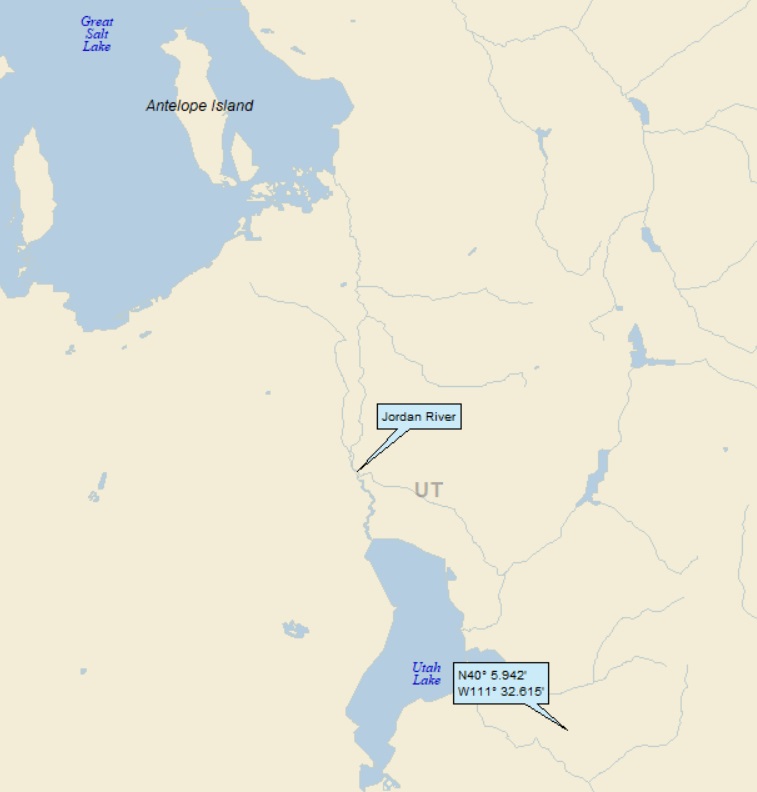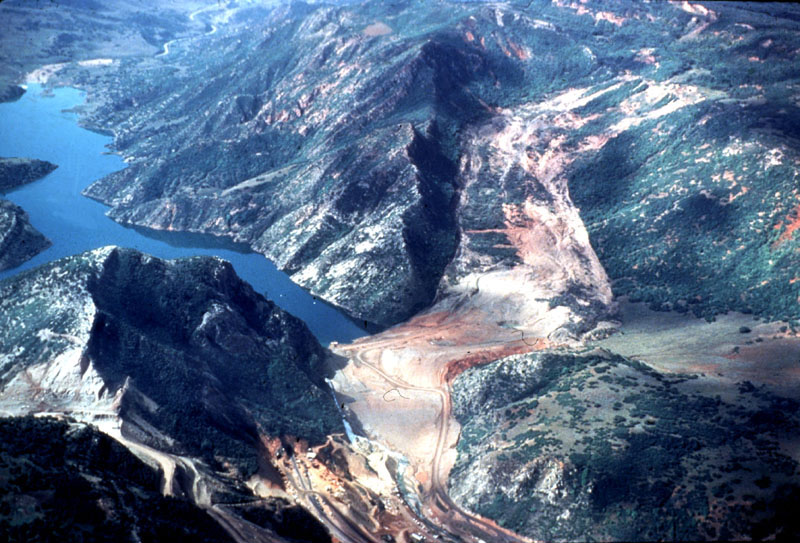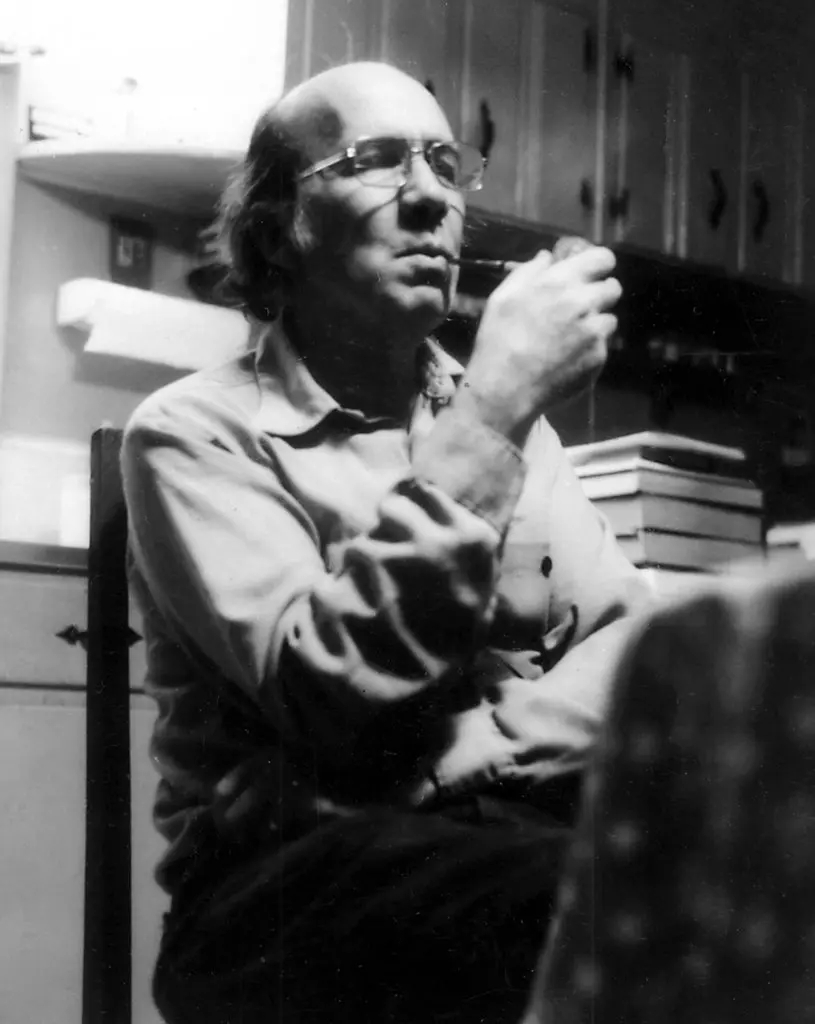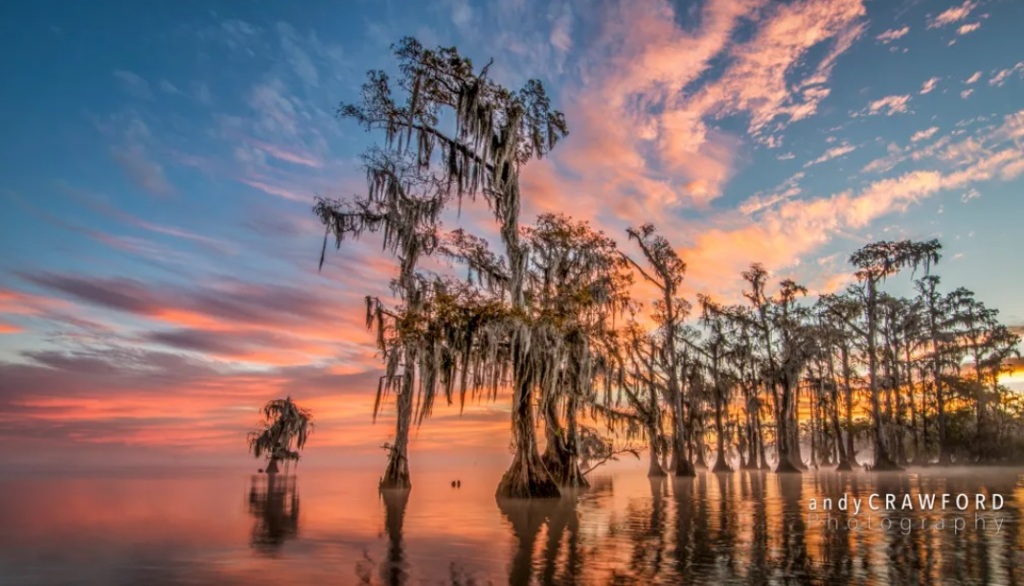First timer? In this formerly once-a-day blog (and now pretty much a once-a-week blog) I use an app that provides a random latitude and longitude that puts me somewhere in the continental United States (the lower 48). I call this “landing.”
I keep track of the watersheds I land in, as well as the town or towns I land near. I do some internet research to hopefully find something of interest about my landing location.
To find out more about A Landing A Day (like who “Dan” is) please see “About Landing” above. To check out some relatively recent changes in how I do things, check out “About Landing (Revisited).”
Landing number 2617; A Landing A Day blog post number 1062
Dan: Today’s lat/long (N40o 56.572’, W85o 13.741) puts me in northeast Indiana:

Here’s my local landing map:
My streams-only map shows that I landed in the watershed of Robinson Creek, on to the Little Wabash River (3rd hit); to the Wabash (32nd hit).

Of course, the Wabash winds its way down to the southern tip of Indiana, where (after proudly serving for a time as the boundary between IL & IN), it discharges to the Ohio (161st hit); on, of course, to the MM (1015th hit).
Over on Google Earth (GE), I discovered a stream (OK, a ditch) more local to my landing than Robinson Creek:
GE let me know its name is Bundle Ditch. The OD was excited that he also got a good look at the big yellow arrow:
Speaking of the big yellow arrow, the OD could get even closer:
Why it’s now red, I have no clue.
And just around the corner, he got another look that includes the farmhouse of the likely owner of my landing spot:
I couldn’t help but notice that I landed quite close to an airport:
Zooming back, you can see that it’s the Fort Wayne International Airport.
“International,” eh? Me being me, I searched my Flight Radar 24 app for any flights to or from Canada, and could find none. Maybe at some time in the past, there was a Toronto-Fort Wayne flight . . .
I’ve got some ground to cover, so I better get going. I’ll start out with the far-and-away largest town in my landing area (once you exclude Fort Wayne), Huntington (pop 17,000). Wiki let me know it is the hometown of Elizebeth (yes, that’s how she spelled her name) Friedman. She has quite the bio. I read several sources (including Wiki, of course), and here’s her story in my own words:
She was born (of course) in Huntington in 1892 (making her about the age of my grandparents). She was a good student, and went to college where she majored in English Literature. After graduating, she ended up working in Chicago for a rich guy – Colonel George Fabyan – who was obsessed with the notion that Sir Francis Bacon was the actual author of Shakespeare’s plays and poems. He actually financed a “research laboratory,” with the main goal of investigating and substantiating his Baconian authorship claim.
First some background. Sir Francis Bacon was quite the man-about-town and bon vivant in early 17th century England. He was a philosopher, statesman, scientist and author, well regarded amongst the educated upper crust.
Well, it turns out he had a thing for cryptography, and he developed a cipher for placing hidden messages within a normal-looking string of text. Key to his method was the use of two slightly-different typesets (resulting in two slightly different fonts) when printing a particular text. Evidently, it wasn’t uncommon for 16th and 17th century printing to be a little random when it came to the use of various typesets.
When he wanted to include an encrypted message in a document (and he was involved with setting typeset), he used two typesets. The text could be anything. Here’s an example, where the black letters represent one typeset and the red letters another:
Letting “a” represent the black letters and “b” represent red letters, we have:
baaaa aaaa abbaa aaabb abbab ababb
Here’s the Baconian code:
Letter Code Letter Code
A aaaaa N abbaa
B aaaab O abbab
C aaaba P abbba
D aaabb Q abbbb
E aabaa R baaaa
F aabab S baaab
G aabba T baaba
H aabbb U, V baabb
I, J abaaa W babaa
K abaab X babab
L ababa Y babba
M ababb Z babbb
I’ll give you a moment to decipher the word. As you can see, the encrypted word is a favorite (and a keystone) for this blog! If you absolutely don’t have the patience to figure it out, I’ll spill the beans at the end of this post . . .
So, back to Elizebeth . . .
It turns out that some of the early Shakespeare plays and poems were printed using more than one typeset. Knowing about Bacon’s cipher, advocates of the Bacon – Shakespeare connection assumed that Bacon would have been able to involved himself with typesetting and would encrypt some messages or clues about his authorship within the printed documents.
Elizebeth Smith spent several years working on this project. While at the laboratory, she met a man also working on the project who would become her husband – William Friedman.
So. World War I breaks out, and suddenly cryptographers were needed to break the codes that the Germans were using to hide their war maneuvers. Up stepped Elizebeth and Bill, who were hired by the U.S. War Department as code breakers.
During the Depression years, Elizebeth worked on breaking the codes of bootleggers as well as international smugglers and drug runners.
World War II found the Friedmans once again working together for the U.S. Government to break German war codes. Wiki let me know that “over the course of the war, the Friedmans decoded over 4,000 messages.”
After the war, they returned to the Bacon-Shakespeare issue, and collaborated on the definitive book on the subject: The Shakespearian Ciphers Examined. In it, they discounted any notion that Bacon wrote any Shakespearian plays or poems. . .
One of the Friedman’s favorite phrases was “Knowledge is power.” They set up this photograph of the staff involved in the World War I codebreaking:

Using Bacon’s cipher (with the code based on which way the people were looking), the message “knowledge is power” is contained therein.
Here’s a shot of the Friedmans. Note the above picture behind the glass on the desk (lower right):
And as a final cipher, here’s William’s tombstone:
A close-up:

Note the two fonts used — for example, the flourishes on the G and on the final E, but not on other letters. Without worrying about the details, the hidden message is “WFF,” William’s initials . . .
Moving down to Ossian. Of course, if I had to put money on it, I’d bet that some railroad executive had the last name of Ossian. And, to honor said executive (or to convince him to route the rail in a certain direction), the town was named Ossian. Well, I’d lose my bet. Wiki let me know that the town was named after Ossian, “the narrator and purported author of a series of epic poems published by the Scottish poet James Macpherson.” Oh, really?
In the 1760s, this guy Macpherson (an already-well-known Scottish poet), published works that he claimed were ancient manuscripts of epic poetry penned by the aforementioned Ossian – a legendary bard in Irish (Scottish?) mythology.
The public bought into this, and the works were internationally acclaimed. Of course, they didn’t have the internet to fact-check Macpherson’s claims. Surprise, surprise, Macpherson made the whole thing up and wrote the poems himself. Evidently, he kept this fact close to the vest, and the authorship of the poems spawned a controversy, with some critics slamming Macpherson for being a fraud.
Come on, dudes. If it’s great epic poetry, it’s great epic poetry, and if written by Macpherson, good for him! Anyway, it was good enough for the humble folks from northeast Indiana to name their town after the fictional author / hero.
Fingal is one of Macpherson / Ossian works. Here’s the opening verse:
CUTHULLIN sat by Tura’s wall: by the tree of the rustling sound. His spear leaned against a rock. His shield lay on grass by his side. Amid his thoughts of mighty Carbar, a hero slain by the chief in war; the scout of ocean comes, Moran the son of Fithil!
I know I’d have trouble reading this. We’re 0.2% of the way through the poem, and already five (count ‘em, five) characters have been introduced.
OK. One more verse:
“Arise,” says the youth, “Cuthullin, arise. I see the ships of the north! Many, chief of men, are the foe. Many the heroes of the sea-borne Swaran!”
“Moran!” replied the blue-eyed chief, “thou ever tremblest, son of Fithil! Thy fears have increased the foe. It is Fingal, king of deserts, with aid to green Erin of streams.”
“I beheld their chief,” says Moran, “tall as a glittering rock. His spear is a blasted pine. His shield the rising moon! He sat on the shore! like a cloud of mist on the silent hill! Many, chief of heroes! I said, many are our hands of war. Well art thou named, the Mighty Man; but many mighty men are seen from Tura’s windy walls.”
Three more characters, but I must admit, I kind of like the vibe. Any chance I’ll take a shot at reading this? Little to none. I must say that I’ve often wondered why I have such a problem reading “classic” literature – I get bogged down in incomprehensible phrasing & references – but millions of folks who came before me can not only read the classics, but love them.
Moving on to Roanoke (named after – you guessed it – Roanoke Virginia). Wiki notes that Kiilhsoohkwa is a Notable Person. Kiilhsoohkwa was Wiki-clickable:
Kiilhsoohkwa (1810 – 1915) was a member of the Myaamia Nation and granddaughter of Myaamia Chief Mihšihkinaahkwa. She was one of the few Myaamia who was not removed from Indiana in 1846.
In her later years, she lived in Roanoke, Indiana, on the last forty acres that remained of her family’s and her nation’s territory. She only spoke in her native language.
She was described in 1905 as “a big woman, of swarthy appearance, and…a devotee of the pipe, which she has with her almost incessantly.”
[Wow. A devotee of the pipe, and she lived to be 105 . . . ]
In 1915, a Fort Wayne newspaper reported that, “if a stranger called, the old woman would grasp the hand and give a firm grip, and after looking you over she would in her quaint way and feeble voice mutter a few words in her native tongue, that if interpreted would be a hearty welcome and a wish for good health” An estimated 15,000 attendees celebrated her 100th birthday in Roanoke and her centennial was well-documented in Indiana newspapers.
She died on 4 September 1915 at her home in Roanoke after spending a few weeks ill and confined to her bed. In a 1917 book by Calvin Young about the local Indians, her death was described as “without a struggle, for death was only a break in the well worn thread of life.” The book also noted that she was “the last royal Miamis and the oldest resident of the State of Indiana, who had enjoyed a national reputation.”
What I like about Kiilhsoohkwa is that she achieved a significant measure of fame, with no apparent reason except that she was venerated as a warm and wise woman. Here’s a picture of her and her son at her 100th birthday . . .
I’ll close with this shot of Wood Farm, posted on GE by Dan Wood. Wood farm is just north of my landing, across the road from the airport:
I can just imagine Dan Wood saying something like this as he was getting ready to take the picture: “Listen up, girls, it’s picture time! That’s right – everybody line up! Look at the camera! And that means you, Isabel – there’ll be time for munching on grass after the photo. OK, everyone – smile!”
Oh yea – I almost forgot – my encrypted word is: RANDOM.
That’ll do it . . .
KS
Greg









































































































